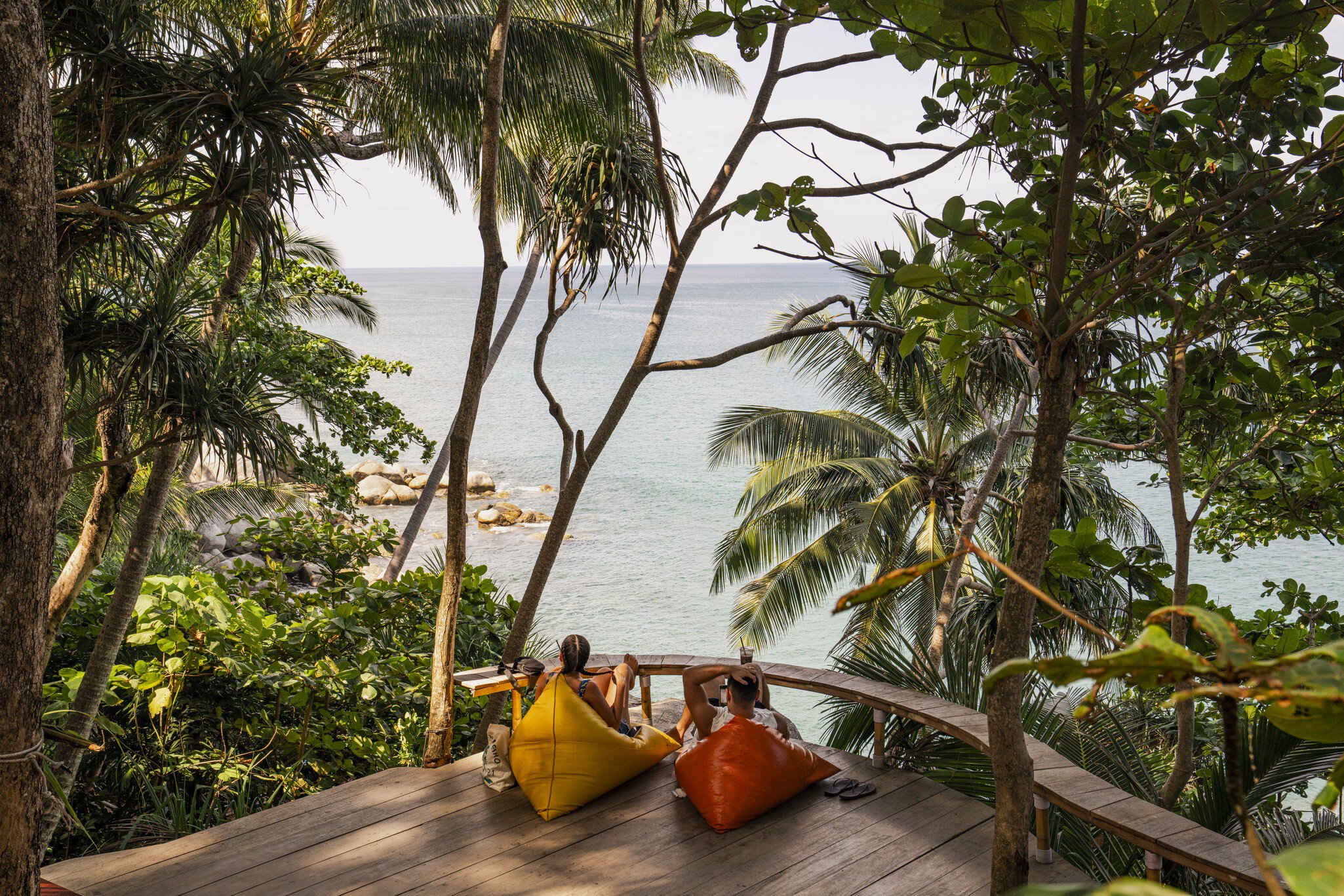

©Vladimir Nenezic/Shutterstock
Overview
Diverse, welcoming and a hell of a lot of fun – everything you never heard about Serbia is true. Best of all, this landlocked country in the heart of the Balkans is still delightfully off the tourist trail. While the feisty Serbian spirit is embodied in Belgrade’s world-class nightlife and Novi Sad’s epic EXIT Festival, look beyond these historic metropolises and you’ll discover a crucible of cultures and unsullied outdoors ripe for exploration.
Plan your trip with Guide, an AI travel planner!
Create a personalized trip itinerary in seconds using artificial intelligence.
Must-see attractions
Planning Tools
Expert guidance to help you plan your trip
Best Things to Do
From festivals to food, go beyond Belgrade with these top experiences in Serbia.
Read full article
Get a book. Get inspired. Get exploring.
in partnership with getyourguide
















